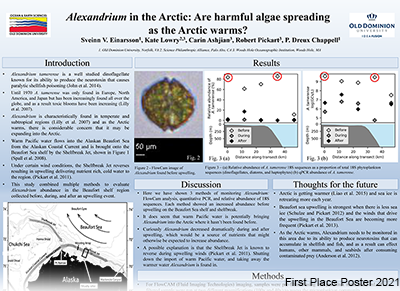College
Strome College of Business
Department
Finance
Program
Business Administration-Finance
Publication Date
4-2021
DOI
10.25883/whhf-h696
Abstract
We examine the relations between dollar flows of U.S. traded ETFs with exposure to the U.S., Europe, Asia, and the rest of the world during the COVID-19 crisis utilizing a Markov Switching Model (MSVAR). We find convincing evidence that investors use ETFs to gain exposure to foreign markets. This study differs from the new stream of research on the effects of COVID-19 on financial markets and investors’ reactions in two major ways. First, we follow the money by using actual dollars of fund flows, whereas previous studies use returns. Second, we investigate the existence of two distinct regimes during this pandemic: (1) a ‘‘normal” regime when all ETFs receive positive flows and (2) a ‘‘panic” regime which emerges when the number of infected people surges in a global location and investors shift their funds from non-U.S. ETFs to U.S.-exposed ETFs. This portfolio rebalancing away from international funds toward U.S. ETFs, is consistent with the flight-to-safety effect and surge in “home bias” investing during the adverse economic shock. Furthermore, we find evidence of rapid portfolio adjustments of U.S. investors in response to the COVID-19 outbreak in a given geographic location.
Keywords
COVID-19, Pandemic, Flight to safety, Markov Switching Model, Home bias, International diversification
Disciplines
Finance and Financial Management
Files
Download Full Text (894 KB)
Recommended Citation
Yousefi, Hamed and Najand, Mohammad, "Stay at Home: Flight-to-Safety and Home Bias in U.S. ETFs During COVID-19 Pandemic" (2021). College of Business (Strome) Posters. 9.
https://digitalcommons.odu.edu/gradposters2021_business/9



